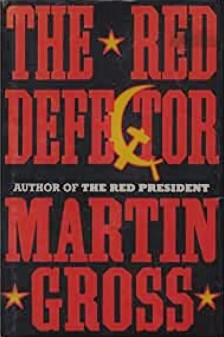
Russia in Fiction has a thing about novels published at key junctures in Russian history and set in that same time. (Just search this blog for ‘Chernenko’ to get an insight into how thriller writers saw the Soviet Union in 1984.)
Writing about the Soviet Union in 1991 took matters to a whole new level. In fiction and non-fiction, a good number of authors wrote about the Soviet future only for there to be no Soviet Union by the time their books were published. As a French language summary of The Red Defector put it:

Martin Louis Gross (1925-2013) was perhaps best known for his non-fiction work, which critiqued Washington bureaucracy earlier than, but in a similar vein to, The Tea Party and Trumpian Republicans. The Government Racket: Washington Waste from A to Z (1992) became a best-seller and was followed by other books on similar themes, latterly National Suicide: How Washington Is Destroying the American Dream From A to Z (2009). Not surprisingly, Gross became a reasonably well-known conservative commentator in the US.
Against this background, the central idea of Martin Gross’s Russia-in-fiction thriller breakthrough should likewise come as little surprise. The Red President (1987) has a clandestine dedicated Communist rising to the US Presidency, aided by the liberal, left-wing media. The only person who can stop them is renegade CIA agent Sam Withers, who has inherited his father’s belief that
love of country and love of God … were the only antidote
The Red President, p. 47
The Red Defector (1991) is the second in Martin L. Gross’s series of four thrillers with the title The Red … something or other, published between 1987 and 1993.
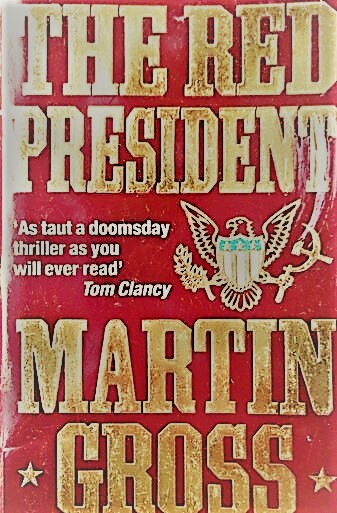
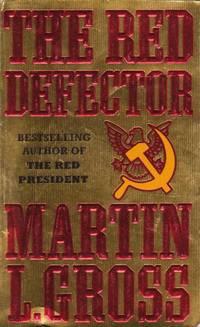
The Red President (1987) was a successful first novel. It is a more than competent page-turner, its cover replete with endorsements from some of the big names in US thriller writing, such as Tom Clancy, Clive Cussler, and Nelson DeMille. Published before the major ‘this guy is for real’ reforms of the Gorbachev era in the Soviet Union, a plot that hinges on a Soviet Union strong and willing enough to attempt usurping power in the US retains sufficient credibility to go along with.
The Red Defector (1991) does not benefit from that same apparent stability. The magnitude of events as the Soviet Union collapsed meant that day-to-day reality outdid most thriller writers when it came to fantastic plots. As a Publishers Weekly reviewer of The Red Defector put it
isn’t a contemporary gloss a little restrained when you consider what has just happened in the Soviet Union?
https://www.publishersweekly.com/9780425128930
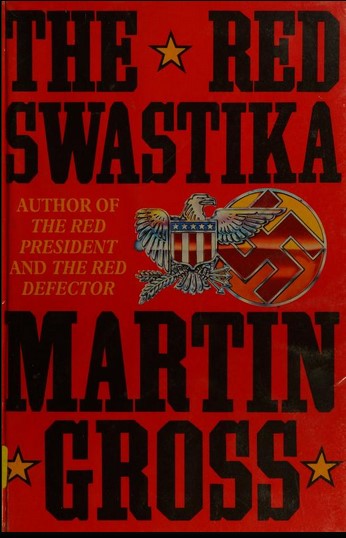
The Red President and The Red Defector were followed in 1992 by The Red Swastika, the story of an alliance between ‘secret German Nazis … now united with those in the Soviet Union who long to shatter the power and influence of the United States’.
The Red Swastika was an even clearer example than its predecessor of a thriller being overtaken by events, as its publication came at the moment of the Soviet Union’s dissolution.
Then in 1993 came The Red Connection —called The Fourth House in the United States— about attempts to prevent American technological advances; attempts made by ‘a devious international cabal, probably led by Red China and the Falshivi, a group of hardline Russians’.
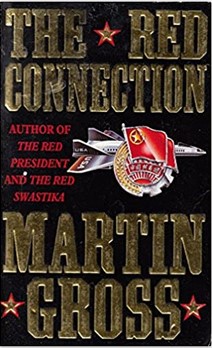
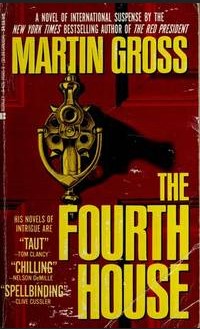
******
Perhaps to some extent because of the speed of events unfolding in the Soviet Union, The Red Defector suffers a bit from second book syndrome; not as badly as the worst cases of this affliction, but nonetheless The Red Defector pales in comparison to The Red President. Symptoms of the syndrome include include hurried plot developments, unlikely twists, and an eagerness to present researched but not necessarily pertinent facts. But let’s not exaggerate, The Red Defector is not a bad read and Russia in Fiction had no problem in finishing the book. (We tend not to review the several books that fall into that latter category).
The Red Defector has a beautiful Soviet actress inveigling her way not only into the General Secretary’s bed but sufficiently into his affections for him to reveal deep state secrets. All in a matter of a few days.
And occasional elements of the Guidebook-style details find their way into the text.
The eighteen-foot diameter clock atop Saviour’s Tower showed the time as 1:45 a.m. The tolling of its quarter-hour chimes was mournful as the sound moved across empty Red Square, Krasnod Ploschad, or ‘Beautiful Square’ in old Slavonic. The Kremlin, from Kreml, or fortress, looked just like that, forbidding in the empty cold night
The Red Defector, p. 159
The character who appears in all books in this series is retired spy John ‘the Baptist’ Davidson. Davidson is close to the US President, so when the Gorbachev figure is assassinated within the first 20 pages of The Red Defector, the President —who happens to be reading the Marquis de Custine’s Journey to Russia, 1839 on the night of the assassination— calls Davidson back to duty.
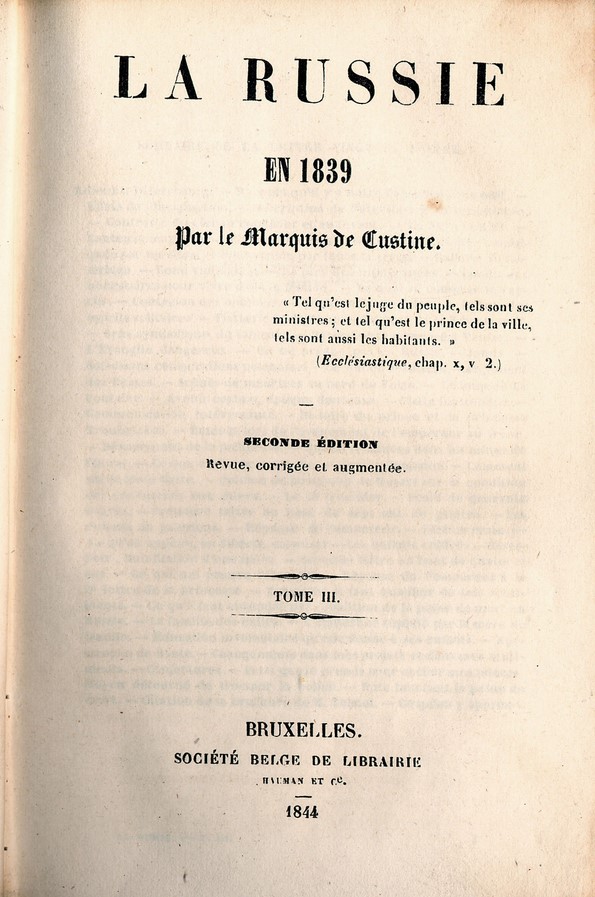
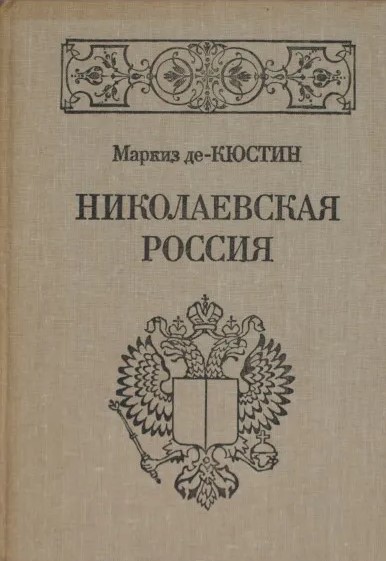
As with so many thrillers written at the end of the 1980s and in the first couple of years of the 1990s, the Soviet Union is presented as split between reformers and hard-liners. Here —as also in a number of similarly timed and plotted books such as Joseph Finder’s The Moscow Club and Tony Cape’s The Last Defector— the hard-liners are more Russian nationalist than Marxist-Leninist. Gross name-checks the nascent informal group on the right in Russian politics at the time, Pamyat, and has a brutal character revering Russian hero Aleksandr Nevsky.
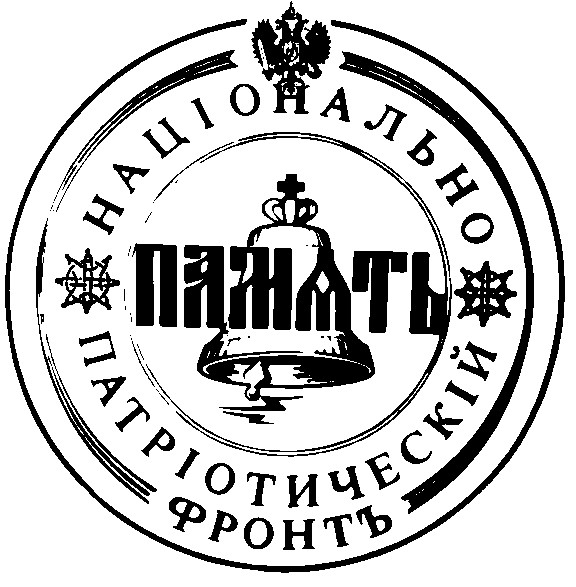
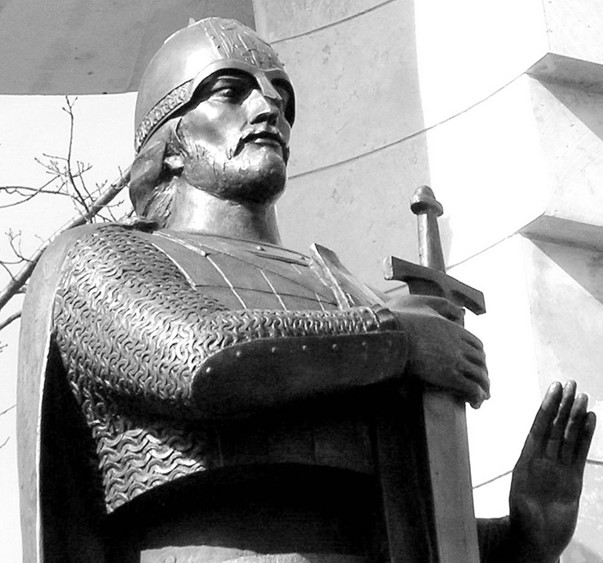
The far right villains of The Red Defector have a particular take on what lies behind Russian greatness. And they would like to retain it.
“Let’s not fool ourselves. Our great empire was not built by free consent, by the loving union of people … it was built the Russian way —from Ivan the Terrible to Brezhnev— by intimidation and force”
The Red Defector, p. 71
Much of The Red Defector is set in Russia, and not just Moscow, but also Leningrad. These settings are well drawn. Russia in Fiction enjoyed Gross’s brief rendering of the old Haymarket area of St Petersburg (having stayed in a hotel just off Kazan Square the last time we were there).
[He] crossed the Griboyedov Canal on foot. As he passed Plekhanov Square, entering the gray setting of Dostoevsky’s Crime and Punishment, he sensed he was moving back into Russia’s tortured past. He had not been in the old Haymarket area of Leningrad for years. Less than a mile from the Kirov Theater, it was worlds away from that glorious ambience. Once the bustling centre of prerevolutionary bohemia, the Haymarket of Czarist days had been the home of writers and artists, poor non-Russian ethnics, and Bolshevik intriguers. Now less picturesque, the neighborhood’s tortuous streets and decaying alleys still retained some of the color of old St Petersburg.
The Red Defector, p. 35
A key plot point in The Red Defector surrounds the Soviet Union trying to steal military technology. A significant amount of Soviet KGB resource did indeed go towards stealing western industrial and military technology. KGB Directorate T (for technology) was in particular set acquisition targets related to stealing rocket and missile technology.
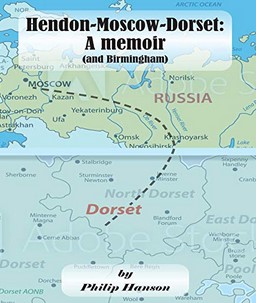
The British academic, Professor Philip Hanson OBE (1936-2022), wrote expertly on Directorate T. He published his memoirs in 2020.
Gross’s knowledge of late Soviet politics is detailed. The Red Defector bothers with the relatively complex minutiae of the two-stage parliament which had been set up in the USSR, the vast 2250-strong Supreme Soviet, and its smaller working body, the 542-member Congress of People’s Deputies (p. 181).
He makes great play too, and rightly so, of the role of the non-Russian republics in the Soviet Union’s end-game. Not that Gross knew it as, or clearly represents it as, the end-game of the Soviet Union. Published in 1991, The Red Defector has its main character, John Davidson, stating the stark choice
“Shrink back to the Russian Federated Republic of only 145 million people —less than half the present size of the Soviet Union— or give the other republics a real piece of pie”
The Red Defector, p. 309
Scarcely had the The Red Defector hit the shelves than the shrinking-back choice was reality.